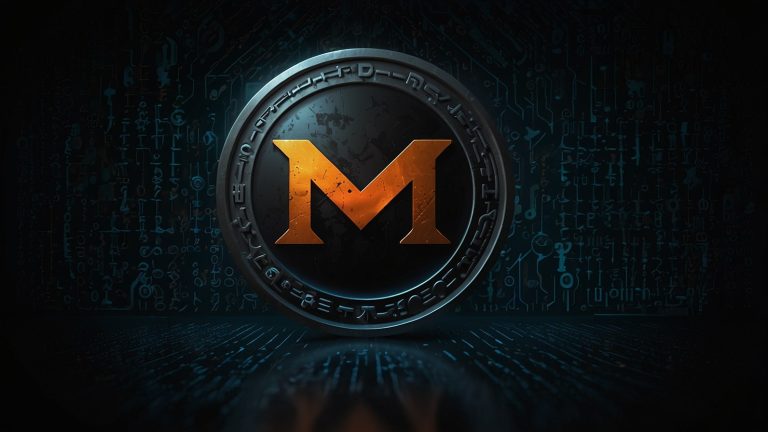The pharmaceutical giant Eli Lilly and Company has soared to new heights through blockbuster sales of its weight-loss drug Zepbound, exceeding even its projections for the third quarter of 2025. Reported on 28 September 2025, in the middle of a series of earnings buzz, Zepbound reported a total of $2.8 billion in revenues — a 145 per cent increase over the previous year — following an explosion in demand for obesity cures in the U.S.
The disclosure sparked a 9.2 per cent jump in Lilly stock, which closed at an all-time high of $978.45, adding more than $25 billion to its market capitalisation in one day. To date, Lilly has seen its stock surge 58.3% compared to the gain of 12.4% by the S&P 500 Health Care Index, placing Lilly as a Wall Street powerhouse in the growing $100 billion anti-obesity industry.
An Early Earnings Beat Amid an Obesity Epidemic
This is an early earnings beat at a time when America is facing an epidemic of obesity, with 42 per cent of adults taking up GLP-1 agonists such as Zepbound and rival Novo Nordisk’s Ozempic. Another diabetes-oriented competitor, Mounjaro by Lilly, contributed another $3.1 billion, driving overall GLP-1 sales to $5.9 billion in the quarter — almost half of the company’s revenue of $12.4 billion, which exceeded estimates by 8 per cent.
These findings highlight how Lilly transitioned to a new metabolic disorder focus, replacing its long-standing cardiology and oncology emphasis, rejuvenating comparisons to the insulin boom of the 1920s.
Busting up the Zepbound Boom: Demand Meets Supply Chain Savvy
The meteoric rise of Zepbound is a result of clinical effectiveness and strategic performance. Approved by the FDA only two years ago, trials showed moderate effects of 20% body weight loss, beating the competition in head-to-head trials. U.S. prescriptions increased 62 per cent quarter-to-quarter, and retail pharmacy sales alone reached $1.9 billion. The expansion of insurance coverage and telehealth collaborations increased access in underserved rural areas.
Behind the scenes, Lilly’s $4.5 billion U.S. manufacturing investment proved pivotal. Indiana and North Carolina plants with automated peptide production lines tripled production to 2.5 million doses per month, resolving shortages common in 2024. This scalability enabled international rollouts in Europe and Asia. CEO David Ricks called it “an ode to American innovation,” with plants projected to employ 2,800 high-skill workers by 2027.
Financially, GLP-1 gross margins hit 85 per cent, leading to operating income of $4.2 billion, 32 per cent higher. R&D spending of $2.1 billion supports a pipeline of 15 Phase III trials, including Alzheimer’s candidate donanemab, expected in 2026 to contribute $5 billion annually.
Stock Surge in Focus: Blue-Chip to Growth Phenom
The market responded swiftly. The 9.2 per cent jump lifted Lilly above $900 billion market cap, making it the second-richest healthcare stock after Johnson & Johnson. Volume hit 15 million shares, triple the average, while options trading leaned bullish with call premiums up 40 per cent. Stocks surged 22 per cent in the past month, reversing a small July decline linked to supply jitters.
Lilly outperformed peers with a forward P/E of 45.2, justified by 25 per cent projected EPS growth through 2028. Free cash flow of $6.8 billion in the quarter could support dividend increases to $1.2 billion. A $10,000 investment is now worth $55,000, surpassing Nasdaq’s 180 per cent progress with a 450 per cent five-year return.
Discounted cash flow models place intrinsic value at $1,050, a 7 per cent premium, assuming Zepbound’s U.S. market share grows to 35 per cent by 2030. With a beta of 0.85, Lilly is defensive, cushioned against large-scale volatility.
Analyst Chorus: Euphoria with Supply Caveats
Analysts are overwhelmingly bullish, with 28 of 30 tagging Lilly a Strong Buy and a median target of $1,025. Pipeline synergies include potential Zepbound-Verzenio oncology applications worth $10 billion. Goldman Sachs forecasts $8.5 billion in franchise sales by 2026, dubbing Lilly the GLP-1 kingpin.
Yet caution persists: demand growth above 20 per cent quarterly could strain supply chains; Medicare pricing negotiations may exert pressure; rivals like Viking Therapeutics advance oral GLP-1s in late-stage trials; and international reimbursement barriers may cap ex-U.S. growth at 15 per cent initially.
On sustainability, Lilly runs 60 per cent of its facilities with renewables, supporting $20 billion in green financing. AAA-rated debt enables aggressive $3 billion buybacks by 2025.
Industry Tsunami: Refreshing the Ground of Big Pharma
Lilly’s hegemony reshapes pharma. Novo’s share has fallen from 70 per cent to 55 per cent, prompting $15 billion in R&D spending. Insurers face $50 billion in added claims, while food giants like PepsiCo benefit from healthier consumer demand. The boom sustains 500,000 U.S. jobs across APIs and wellness ecosystems.
For patients, access improved with Lilly’s $25 copay program, aiding 1 million low-income users, though list prices of $1,060/month drive affordability debates. Policymakers push caps, while Lilly allocates 10 per cent of R&D spend into lobbying to temper reforms.
Globalisation trends reinforce “Made in USA”: 80 per cent of Zepbound components are domestic, shielding against tariffs and enhancing national health security.
2026 Perspective: Achieving Progress in Rapidity
Forward guidance is strong: annual revenue of $48–50 billion, EPS of 15.20–15.80, and Zepbound achieving a $10 billion run-rate by mid-2026. Donanemab approval and tirzepatide label expansion could add 500,000 prescriptions. Share repurchases aim to cut float by 2 per cent, supporting share price stability.
Downsides include regulatory holds on oral GLP-1 or forglipron risking $2 billion in sales, 20 per cent recession risk reducing elective procedures, and strong-dollar currency headwinds potentially cutting 3 per cent from overseas topline.
Altogether, Eli Lilly’s ascent with Zepbound is not merely a stock story but a paradigm shift in American healthcare, driven by biotech savvy and market mastery. The narrative evolves from obesity outlier to lasting powerhouse, setting the stage to remake longevity economics into the 2030s. It is a defining bet on the next wave of human health.












 Bitcoin
Bitcoin  Ethereum
Ethereum  Tether
Tether  XRP
XRP  USDC
USDC  TRON
TRON  Lido Staked Ether
Lido Staked Ether  Cardano
Cardano  Avalanche
Avalanche  Toncoin
Toncoin  Wrapped SOL
Wrapped SOL